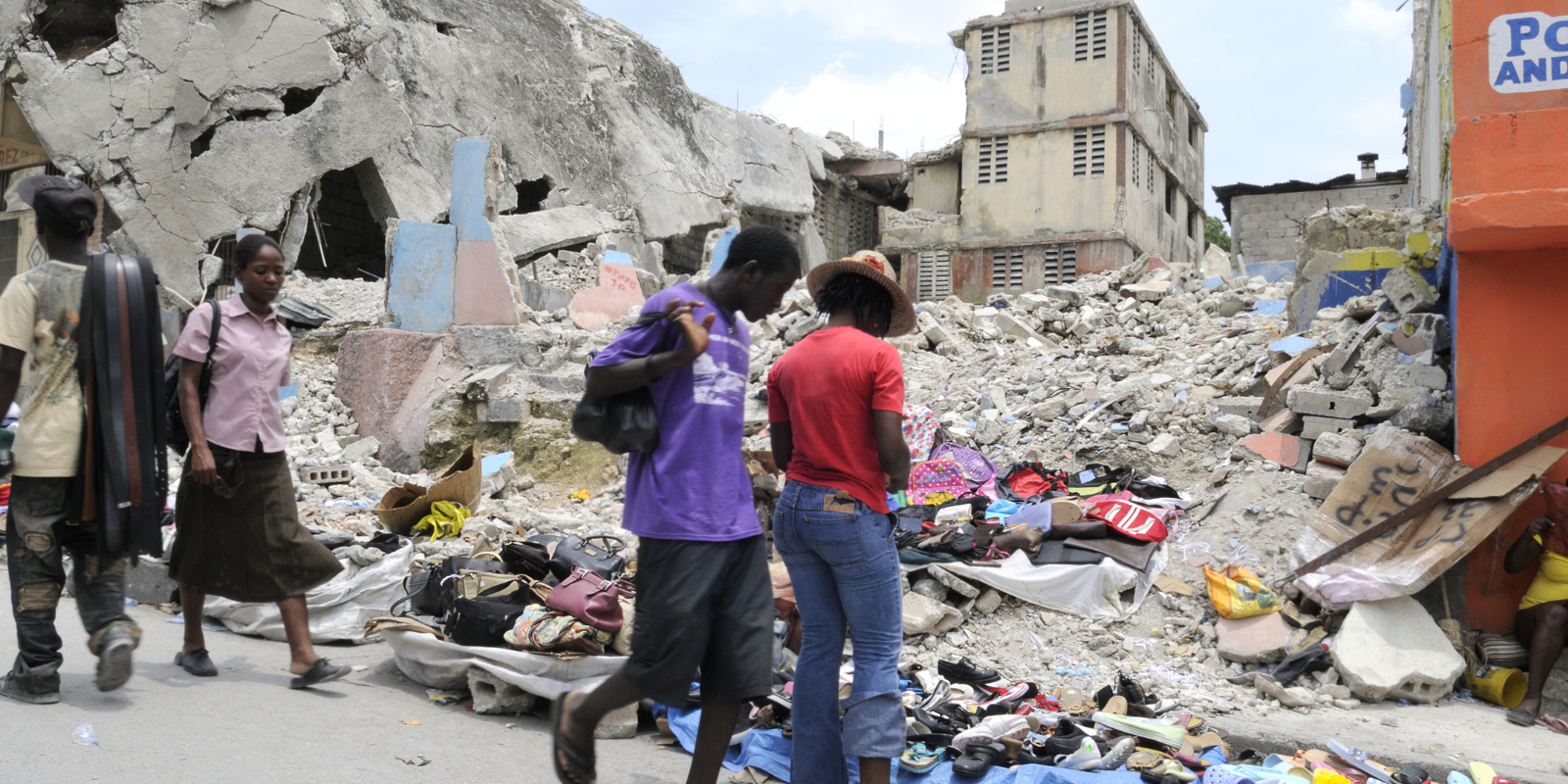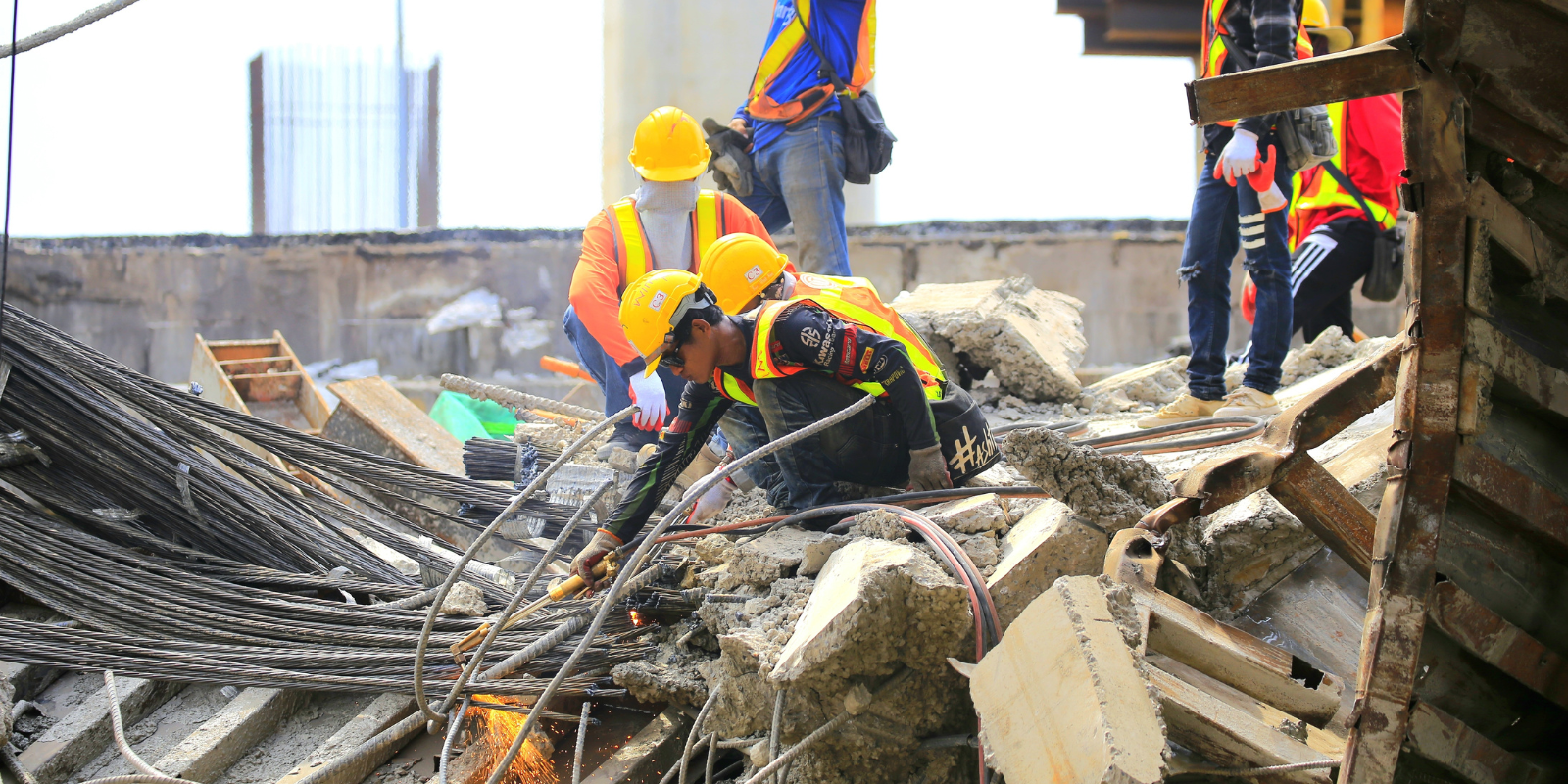What is the difference between heat stroke and heat exhaustion?
Heat stroke is the most severe form of heat illness. It is clinically recognized by elevated body temperature AND abnormal mental status (confusion, agitation, abnormal behavior, seizures etc.).
Heat exhaustion can have (or not) elevated body temperature. The main symptoms of heat exhaustion include headache, faintness, lassitude, thirst, dizziness, nausea, vomiting, rapid pulse and heart rate, and cool and clammy skin. Usually someone suffering from heat exhaustion is sweaty but is able to behave and respond to questions appropriately.
Other minor signs of heat illness are heat cramps, heat edema, heat rash (skin), etc.
What do you do if you are experiencing symptoms?
Move the patient away from direct sun exposure, avoid being in touch with hot surfaces, pour water (or mist or spray water) and use an item with a large surface area to fan them (a sleeping pad, a binder, the lid of a bin, a sheet of plastic, etc.). If the patient has normal behavior and responds properly and can drink, you can offer some cold fluids.
If the patient looks ill, is unconscious or does not respond normally to your questions, do all of the above and call 911 immediately. These patients are very ill with a high chance of needing critical care. The optimal treatment for these patients is to rapidly decrease their body temperature by immersion in icy water.
What are some things you can do to prevent heat stroke/exhaustion?
Keep a good level of hydration, avoid sun exposure when the heat index is high and avoid excessive physical activity in these conditions (slow down and rest in the shade). Select thin, light-colored clothing that covers most of your skin but is not constrictive, cover your head and frequently soak your hat in cold water. Populations at risk for heat stroke, such as the elderly, should have access to air conditioning.
It is possible to acclimatize our bodies to the heat, so consider this physiologic training if you are planning to spend long hours outside in the heat of the day.
Are there any conditions that put you more at risk for heat stroke (i.e. heart disease, diabetes)?
Some patients may have increased risk due to medications they may be taking, such as diuretics, water pills, anticholinergics, antiallergics, etc. Older patients with decreased mobility, such as those in nursing homes and those with no access to air conditioning, have an increased risk of poor outcomes than other populations, as they have less reserve to deal with extreme heat.
Does altitude affect this in any way?
To my knowledge, I don't recognize high altitude as a particular risk factor to heat illness. Of course, solar radiation is higher at higher altitudes but also temperatures and the heat index tend to be lower. Colorado has one advantage as it has low humidity levels. Our body regulates heat by evaporative cooling through sweating. In places with higher humidity levels, that thermoregulation strategy is less effective. In other words, it’s easier to have heat illness in a jungle than in the desert (although heat illness is common in both environments).


.png)


